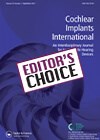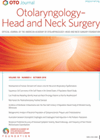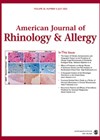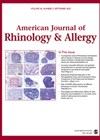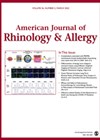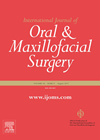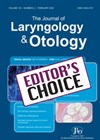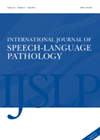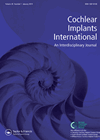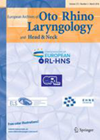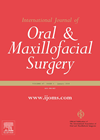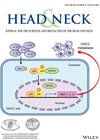
Journal Reviews
MRI scanning patients with cochlear implants and auditory brainstem implants
In the last five to six decades, MRI scanning has gone from physics experiments in Nottingham University through to Nobel prize-winning work by Sir Peter Mansfield and Paul Lauterbur, to a ‘routine’ imaging modality with an estimated 60 million MRI...
REVISIONS acronym for preoperative imaging review in revision endoscopic sinus surgery
The authors have developed an acronym to aid evaluation of preoperative sinus CT imaging in revision endoscopic sinus surgery (RESS). To determine which pertinent aspects of anatomy to include, a systemic review of studies that investigated anatomic contributions to persistent...
How best to follow up a sinonasal cancer?
Sinonasal malignancies are rare tumours and, in the UK, are usually treated in tertiary treatment centres but may well be followed up long term in the patient’s local hospital, so advice on how best to manage these patients is invaluable....
To scan or not to scan?
This comprehensive review article seeks to establish how useful is MRI in the evaluation of patients with a history of smell loss or distortion. Interestingly, while some studies found the imaging unhelpful, one paper described found a 25% rate of...
An advance in imaging for sinonasal tumours?
Benign sinonasal growths are incredibly common, and malignant sinonasal growths thankfully rare. We know that malignant tumours often present late, and the imaging can sometimes be misleading, so the authors here compare using diffusion weighted imaging (DWI), dynamic contrast enhanced...
Reducing nasal changes in SARPE
This paper from Belgium highlights completing a sub-spinal cortectomy of the anterior nasal spine during the procedure of surgically assisted rapid palatal expansion (SARPE) as a means of reducing the alar and columella width as well as the nasolabial angle....
Modifying two-week wait protocol for suspected head and neck cancer patients during COVID-19
As healthcare workers, we are committed to ensuring that our patients continue to receive the optimum care that we are set up to deliver. However, the last year has shown that we need to be mindful of balancing this with...
Bright young things: executive functioning in younger, older and aphasic people
Executive function comprises several higher order cognitive processes such as planning, organisation, adaptation, maintenance, monitoring and decision making. It is thought that difficulties in cognitive flexibility in people with aphasia are associated with difficulties in executive function rather than the...
X-ray vs. intraoperative testing for determining cochlear implant placement
Most cochlear implant centres confirm electrode position after surgery using X-rays to ensure optimal electrode placement. As well as transorbital view X-rays, this team check placement using impedance measures and neural response telemetry (NRT) performed intraoperatively. The former indicates whether...
Narrow band imaging improves diagnosis of malignant laryngeal lesions
The manufacturers of narrow band imaging (NBI) claim better visualisation of mucosal abnormalities when compared with simple white light. The primary aim of the study was to compare the diagnostic accuracy of NBI and white light to diagnose malignant laryngeal...
Is bone scanning still of value?
This is an article from Australia of 109 patients, 83 of which had CT, 72 MRI and the presence of bone invasion on imaging was compared with the histopathology. Bone invasion was present in 44 of 109 resection specimens. Bone...
Using evidence and international consensus to guide treatment of thyroid nodules
The authors of this practical review paper highlight a growing issue within thyroid surgery, where high-quality ultrasound has increased the detection of subclinical nodules: what do we do with the patient presenting with an ‘incidental’ thyroid nodule? This has both...

